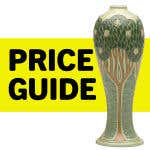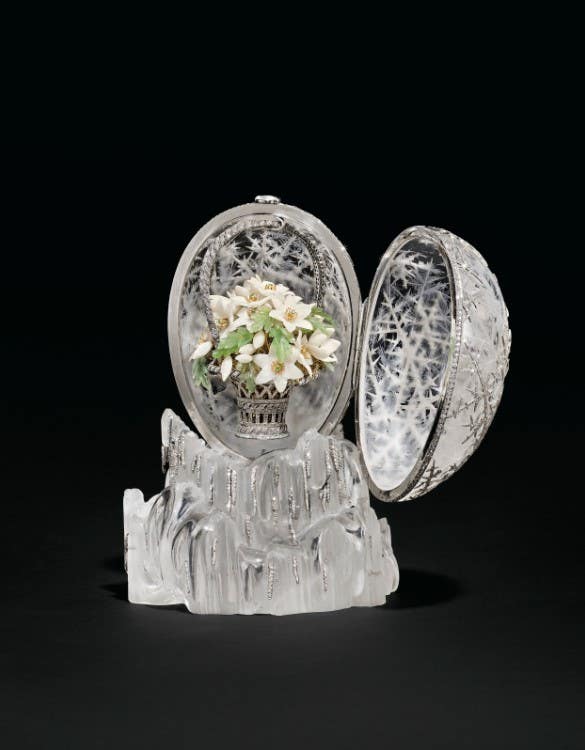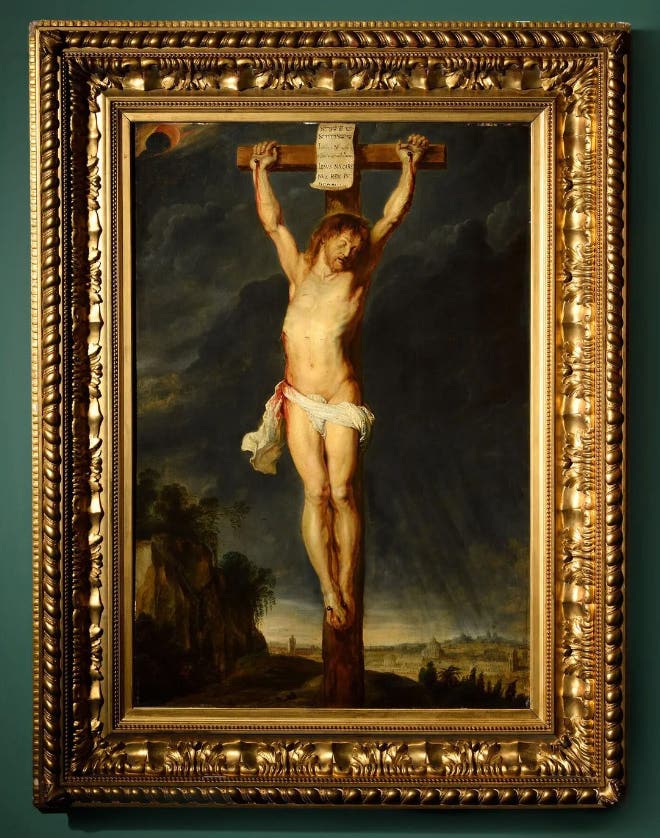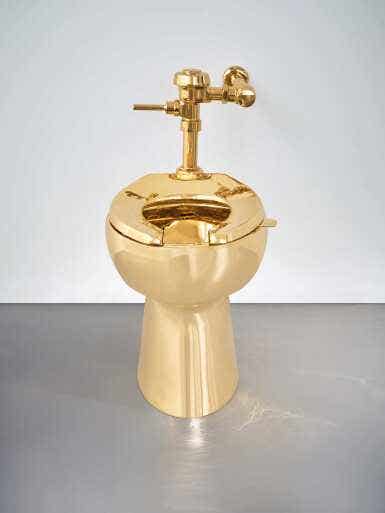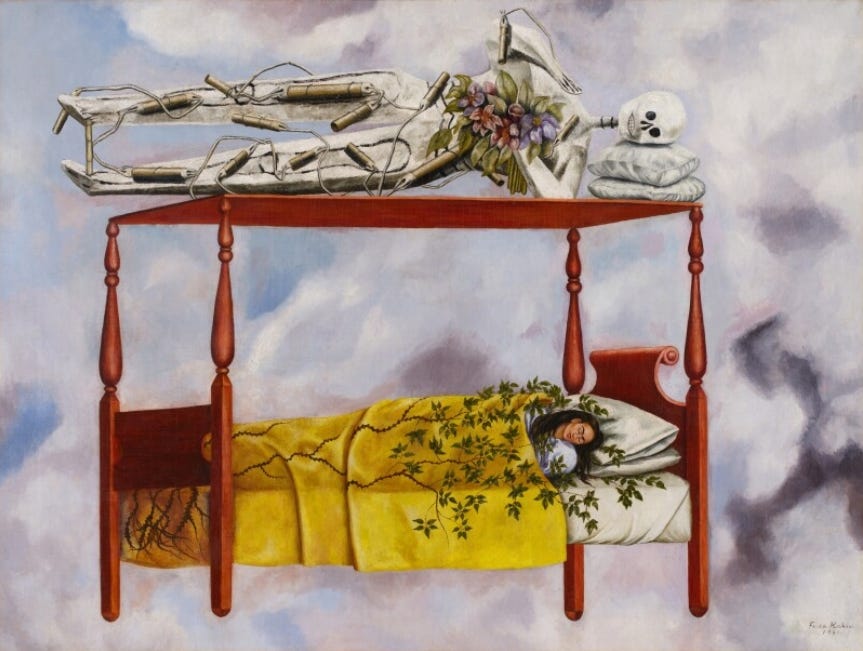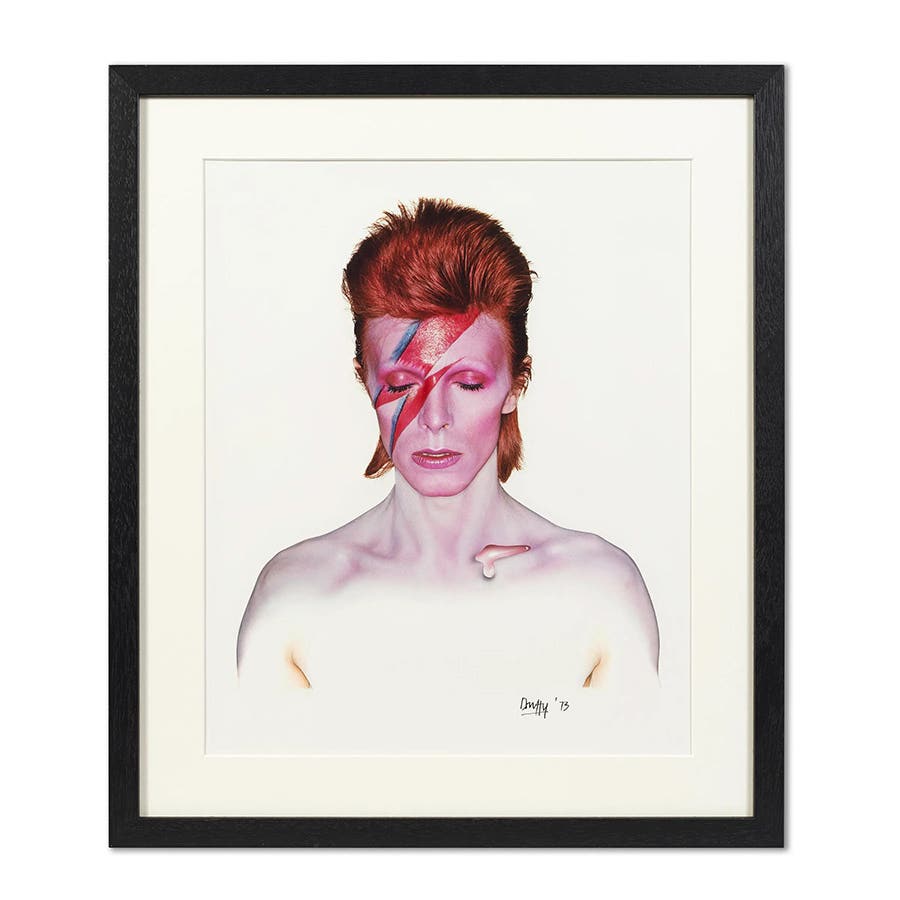Renaissance: New exhibit explores Italian drawings
A new exhibition celebrates the Morgan Library & Museum’s extensive collection of Italian drawings, exploring the concept of disegno (a word that means both “drawing” and “design”).
NEW YORK — A new exhibition celebrates the Morgan Library & Museum’s extensive collection of Italian drawings, exploring how the concept of disegno (a word that means both “drawing” and “design”) emphasized the artist’s creative power and fundamentally changed Italian Renaissance art. Opening February 15, Invention and Design: Early Italian Drawings at the Morgan tells the story of how drawing practice evolved dramatically during the fifteenth and early sixteenth centuries. This exhibition is the first to focus on the Morgan’s drawings from this extraordinarily fertile period in art history.
The exhibit
The exhibit features over 90 works by masters such as Mantegna, Filippo and Filippino Lippi, Botticelli, Leonardo da Vinci, Raphael, Correggio, Fra Bartolomeo, and Andrea del Sarto. The show is timed to mark an important milestone: the publication of the first catalogue to survey this collection: Italian Renaissance Drawings at the Morgan Library & Museum.
The exhibition is divided into nine sections, some devoted to historical shifts during the development of Renaissance drawing practice, and others to the differences between various regional Italian traditions. From the influence of medieval manuscript and painting workshops to the new practice of sketching, artists gradually moved away from the imitation of standard models to generate novel ways of thinking on the page and representing traditional subjects. In the fifteenth century, portrait drawing emerged as an independent genre, while artists invented new ways approaches to landscape drawing.
Shifts in artistic theory
Invention and Design also looks at how the shifts in artistic theory (in the writings of Leon Battista Alberti and others) led artists away from copying standard models and toward practicing life study, especially in Florence. Artists began embracing both naturalism and invention, under the guidance of masters who believed that the artist well trained in observing and depicting the world would best be able to create his own novel images of it. New and distinct traditions also evolved in regions such as Umbria, Lombardy, Emilia, and Venice. As artists came to be recognized more as intellectuals than as craftsmen, a new class of collectors and connoisseurs created a market for autonomous drawings of classical subjects and other compositions.
“The Morgan’s collection of Italian Renaissance Drawings is one of the country’s largest, notably rich in drawings by artists born before 1500,” said John Marciari, curator of the exhibition and Head of the Drawings and Prints Department. “It includes some of the earliest true preparatory drawings and compositional sketches, which makes the Morgan uniquely positioned to provide a historical account of the evolution of Italian drawing practice. By offering a glimpse into these transformations in drawing practice, we are delighted to give visitors a kind of behind-the-scenes look at the culture that shaped some of the most astonishing works of the Italian Renaissance.”
“We are very proud that the Morgan’s catalogue of Italian Renaissance Drawings, some twenty years in the making, will now be published at last, and we are excited to celebrate that publication with an exhibition highlighting much of the earliest and rarest material in the Morgan’s collection of drawings,” said Colin B. Bailey, Director of the Morgan.
The publication
Italian Renaissance Drawings at the Morgan Library & Museum, by Rhoda Eitel-Porter and John Marciari, with Jennifer Tonkovich, and contributions by Marco Simone Bolzoni and Giada Damen, published by the Morgan Library & Museum, 2019. 430 pages.
The catalogue presents a selection of 125 drawings by Italian artists born before 1550. It begins with an introductory essay by Rhoda Eitel-Porter on the Role of Drawing in the Renaissance. Followed by Jennifer Tonkovich’s essay on the history of the Morgan’s collection of Italian drawings. The drawings are then grouped into a series of nine chapters. Each is preceded with an essay by John Marciari that provide a thematic, chronological, or geographic context for the works. Scores of comparative illustrations and extensive notes on provenance, media, condition, and bibliography complement the entries.
Invention and Design: Early Italian Drawings from the Morgan is organized by the Morgan Library & Museum. The curator of the Morgan exhibition is John Marciari, Charles W. Engelhard Curator and Head of the Drawings and Prints Department.
This exhibition is made possible with generous support from the Scholz Family Charitable Trust, the Eugene V. and Clare E. Thaw Charitable Trust, the Alex Gordon Fund for Exhibitions, and the Andrew W. Mellon Research and Publications Fund.
The programs of the Morgan Library & Museum are made possible with public funds from the New York City Department of Cultural Affairs in partnership with the City Council, and by the New York State Council on the Arts with the support of Governor Andrew Cuomo and the New York State Legislature.
The Morgan Library & Museum
A complex of buildings in the heart of New York City, the Morgan Library & Museum [themorgan .org] began as the private library of financier Pierpont Morgan, one of the preeminent collectors and cultural benefactors in the United States. Today it is a museum, independent research library, music venue, architectural landmark, and historic site. The Morgan Library & Museum is located at 225 Madison Avenue.
AntiqueTrader.com is a participant in the Amazon Services LLC Associates Program, an affiliate advertising program designed to provide a means for sites to earn advertising fees by advertising and linking to Amazon.com and affiliated websites.
